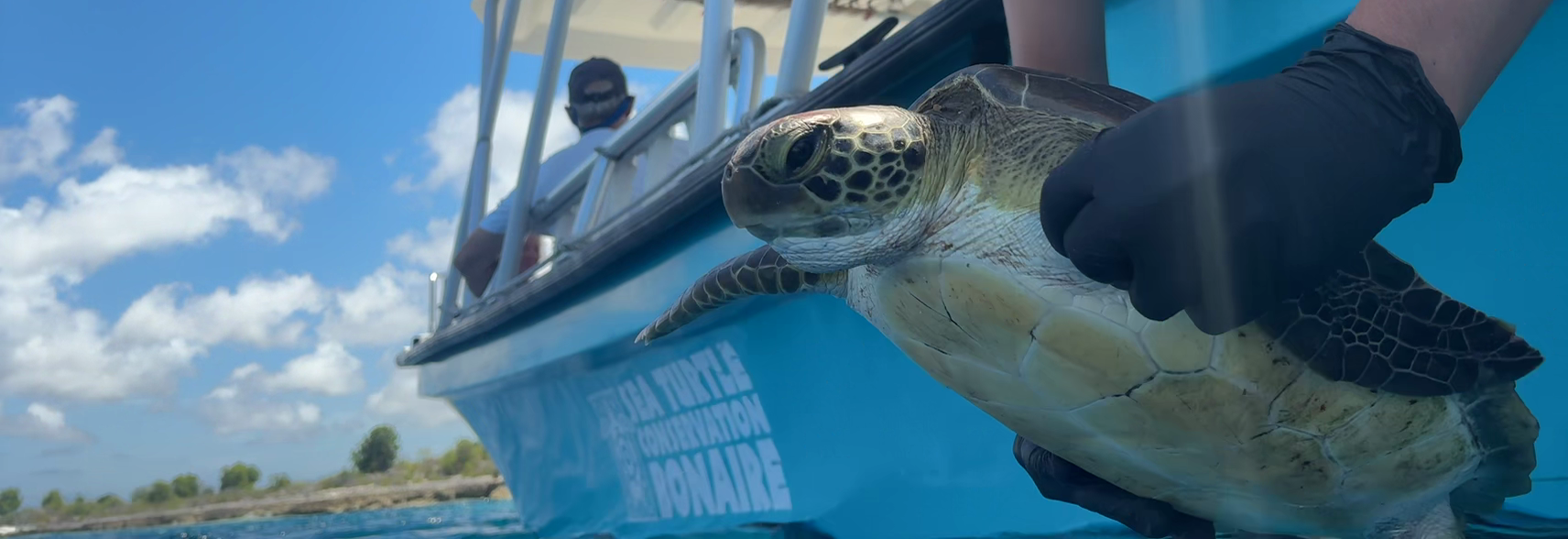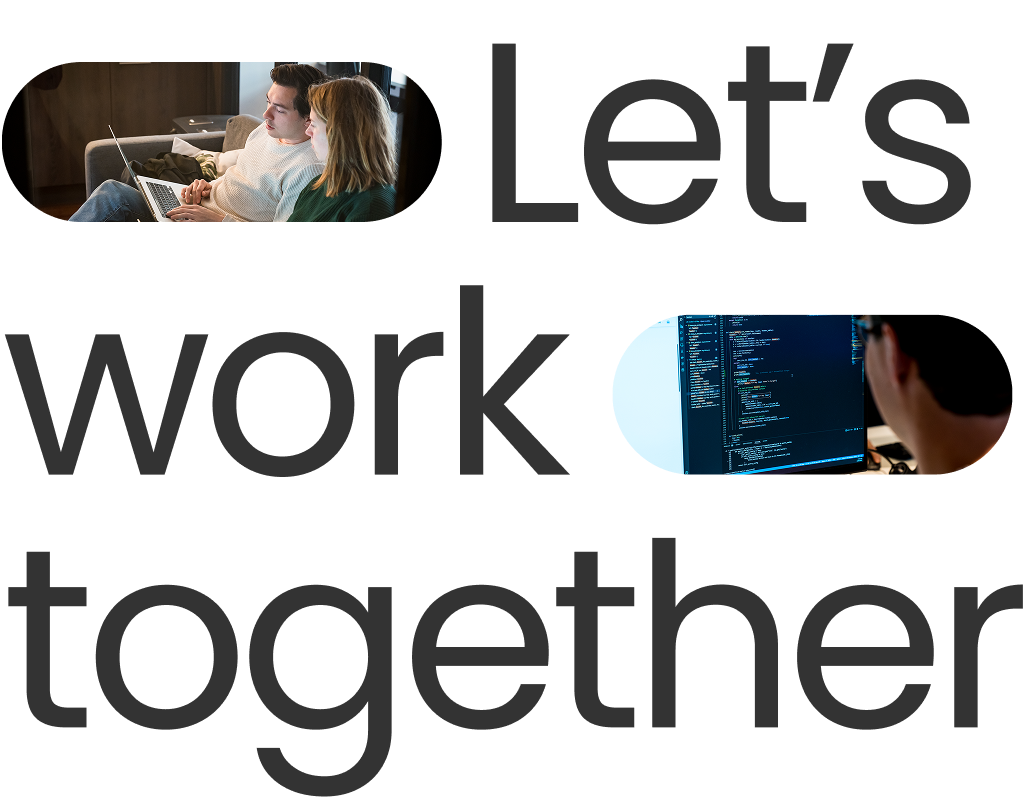
STCB had already developed an initial machine learning model for sea turtle identification based on photographic images, but several operational and technical hurdles stood in the way of effective deployment.
First, the image recognition accuracy of their current model was roughly 50%, making it less reliable for conservation work. Additionally, the codebase was fragmented and difficult to maintain, complicating future improvements or integrations.
A closer look at the STCB dataset - over 8,000 sea turtle images spanning 21 years - revealed further barriers. Most turtles had only a single usable image, and recapture rates hovered around 25%. Variability in image quality, driven by the conditions under which field photos were taken (lighting, angle, blurring, occlusions), further hampered recognition performance. The images themselves were sometimes inconsistently labeled and stored, making the task of operationalizing the model considerably more difficult.
These data and system challenges underlined the need for a more robust, maintainable, and accurate approach - one that could be deployed by STCB with minimal friction and maximum reliability.
Confronted with these challenges, Xomnia and STCB agreed on a pragmatic approach focused on accuracy, usability, and maintainability.
The project started with careful data exploration to assess the quality and quantity of images available. This defined the boundaries and possibilities for model improvement. Given the high variation in image quality and the predominance of single-instance captures (where 80% of turtles had only one effective image), it was clear that the model’s limitations stemmed as much from the dataset as from the algorithm itself.
Xomnia simplified the image pre-processing pipeline to ensure that it could reliably handle the variability in field images. Building on this foundation, they introduced a two-stage turtle face recognition system, which significantly improved recall, moving accuracy to 77% for image-based identification.
To facilitate long-term use, Xomnia refactored the entire codebase and migrated operations to a secure cloud workspace. Importantly, the system was restructured into a maintainable GitHub repository, with data storage moved to Azure and machine learning workflows accessed via a dedicated workspace.
The team also built a web application to enable field users and researchers to interact with the model: users can now browse the full image database, upload new photos, and get identification results with real-time feedback. This represents a major upgrade from STCB’s previous Google Drive-based system, bringing everything together into an accessible and intuitive platform.
The collaboration delivered several concrete improvements for Sea Turtle Conservation Bonaire. The transition to a web application and cloud-based infrastructure has made the system easier for STCB’s team to use day-to-day. Researchers are now able to quickly browse the dataset, add images, and receive identification results without needing deep technical knowledge, reducing barriers to adoption and laying a foundation for further operational improvements.
While physical tagging remains the gold standard for identification accuracy, the new machine learning system provides a promising alternative that could become increasingly effective with improvements in data quality.
Discussions are underway to explore methods for ensuring future images are collected with higher consistency - a key factor highlighted by the project's outcomes. The experience underscores an important takeaway: the quality and consistency of data play a critical role in shaping the effectiveness of advanced image recognition models, especially in real-world conservation contexts.
This project was funded by the INNO Fund.
Keywords
Wildlife monitoring, image recognition, machine learning, computer vision
